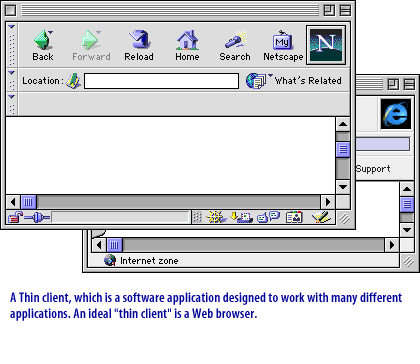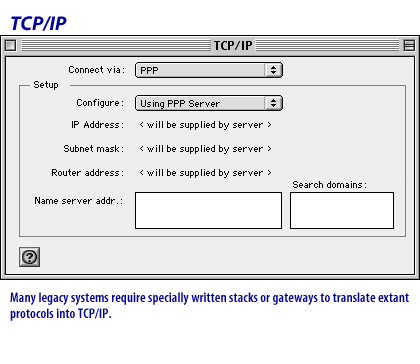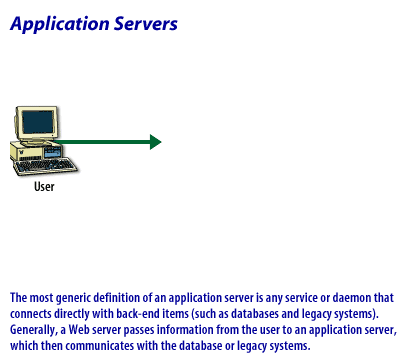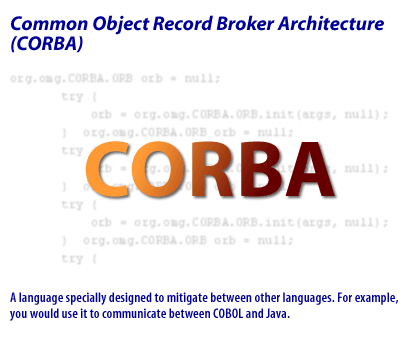Legacy Integration Components
What are examples of Legacy ecommerce Components?
Legacy e-commerce components refer to components or systems that were commonly used in the past but are now considered outdated or no longer widely used. Some examples of legacy e-commerce components include:
It's important to note that while these components may be considered "legacy," they may still be in use by some businesses. However, it's often recommended to upgrade to more modern and efficient solutions to stay competitive in the e-commerce industry.
- Payment gateways: Some payment gateways used in the past may now be considered outdated, as they may not support newer payment methods, such as digital wallets or cryptocurrency.
- Shopping cart software: Older shopping cart software may lack the features and functionality of modern solutions, such as inventory management, advanced reporting, and personalized recommendations.
- Order management systems: Older order management systems may lack the flexibility and integrations of modern solutions, making it difficult to manage orders and shipments across multiple channels and platforms.
- Content management systems: Older content management systems may lack the flexibility and customization options of modern solutions, making it challenging to create and manage e-commerce websites.
- Customer relationship management (CRM) systems: Older CRM systems may lack the data analytics and personalization features of modern solutions, making it difficult to track customer behavior and preferences, and tailor marketing campaigns accordingly.
It's important to note that while these components may be considered "legacy," they may still be in use by some businesses. However, it's often recommended to upgrade to more modern and efficient solutions to stay competitive in the e-commerce industry.
Software Architect's Handbook




More on this topic can be found on the following website.Corba Fundamentals